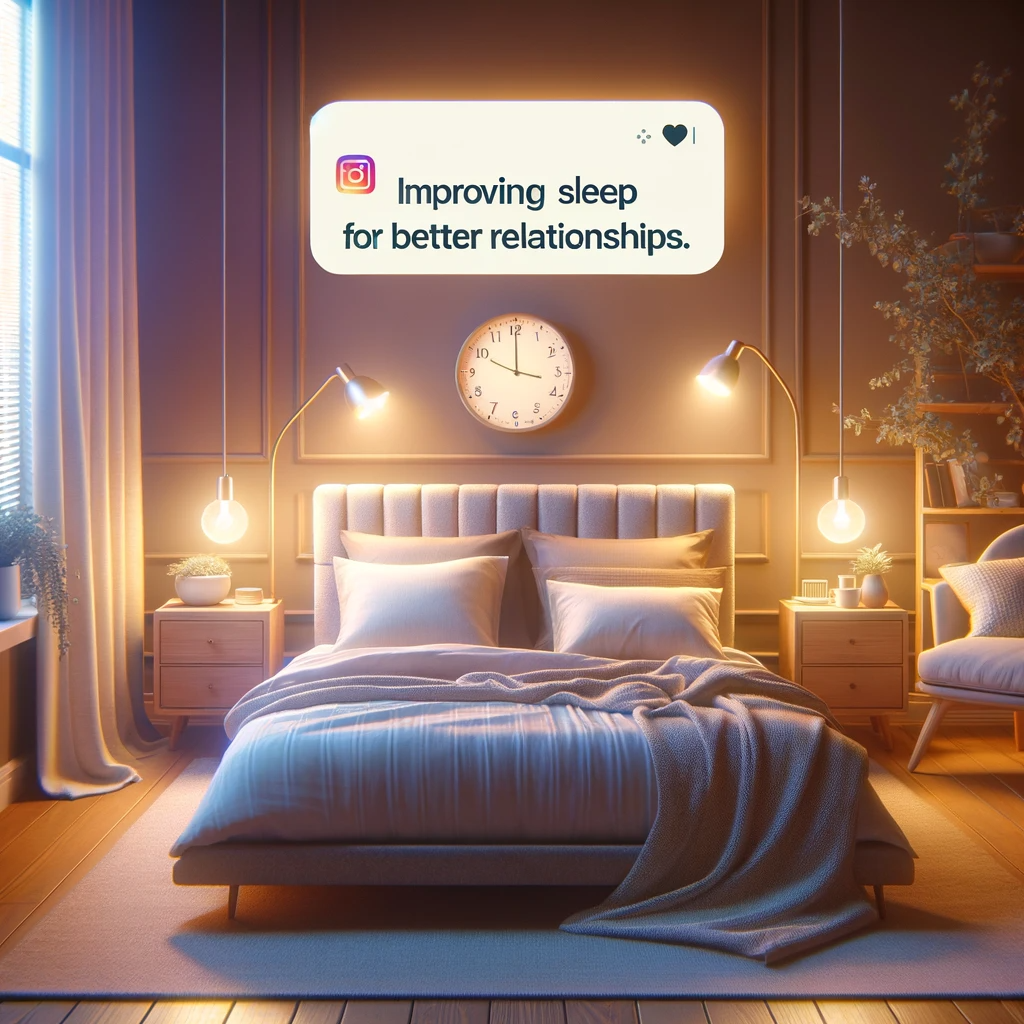Choosing a Gay Affirming Therapist
Finding a gay affirming therapist can be more challenging than you might think. In a field where the American Counseling Association and the American Psychological Association both advocate for affirming types of therapy for gay, lesbian, and bisexual individuals. However, some professional therapists and counselors overestimate their ability to help members of this population. Other professionals completely ignore the ACA and APA guidelines and will convince you that your sexual orientation is a disorder, and will claim that they can convert you. Therefore, if you are looking for a gay-affirming therapist, this list can help you determine if the professional you are considering would be a good match for you.
1. Being “gay-friendly” is not enough.
A therapist who identifies as “gay-friendly” is simply saying that he is fine with seeing a gay client. There is nothing wrong with being gay friendly, but this doesn’t speak to the competence, nor the acceptance of the counselor. A counselor who is competent will know that there is more to working with gay, lesbian, and bisexual individuals than just being friendly towards them. I have worked closely with professionals who consider themselves to be gay-friendly, but don’t think that bisexuality exists, think that sexual orientation is a “sexual preference”, and confuse generalized gender expression and sexual orientation.
2. Is the professional willing to disclose his/her sexual orientation?
A therapist who is gay-affirming does not necessarily have to be gay, but he should be willing to tell you what sexual orientation he identifies with. If he is unwilling, then it is not likely that this professional understands what is significant about this particular question to a population that is stigmatized by this. Therefore, not disclosing is not a gay-affirming action.
3. Gay/lesbian relationships are not the same as straight relationships.
Gay and lesbian relationships have some similar dynamics as do straight relationships. However, gay, lesbian, and bisexual individuals most often did not grow up with the same observable courtship trends that straight individuals grew up with. There are also social dynamics that straight individuals do not have to take into consideration before entering into romantic relationships. Dating for gay and lesbian individuals can be complex, and a gay-affirming therapist will understand the complexities.
4. Watch closely for terms such as “reparative” and “conversion”.
These two terms are used for styles of “therapy” that are considered unethical by both the ACA and APA. In fact, they are not therapy at all. These styles are attempts to change a person’s sexual orientation, which is not possible. They are backed by manipulative “research” used to push forward an evangelical agenda. Clients often leave more traumatized than they do changed.
5. Experience and training are important.
Most schools provide very little training and education about the Gay and Lesbian community. What little training is offered will discuss the LGBT community as if all of these acronyms are part of one community that should be treated the same. This is not the case. It is important that your therapist have experience and/or special training working with issues that are specific to gay, lesbian, and bisexual individuals, and understands that there are different issues for each group.
6. Does this professional understand difficulties specific to gay, lesbian, and bisexual individuals?
Your therapist should understand how factors such as age and race can impact individuals. This professional should also understand coming out and the stages associated with this process. He should recognize blatant and subjective forms of discrimination.
7. Must understand homophobia.
Like discrimination, homophobia can take many forms. Some of these manifestations are more obvious than others. Your therapist should understand externalized forms of homophobia, and also the dynamics of internalized forms of homophobia as well.
8. Be cautious of those who deny heterosexism.
Like racism, everyone has undertones of heterosexism. It’s unavoidable with the psychological and sociological training that we receive from a young age. True harm comes from those who avoid dealing with their thoughts, not those who recognize and work through them.
9. Therapists will understand that sexual orientation is not all-or-nothing.
Some people are bisexual. Some are gay. Some are straight. Some are straight, but have had some same-sex sexual experiences. Others are unsure. A gay-affirming therapist will not box people into a space where they either don’t belong, or are not ready to be in at all. Instead, he will follow the client’s lead and recognize verbal and non-verbal cues of recognition and acceptance, as well as cues of where the want to go with this information.
10. Understands religious and organizational discriminatory trauma.
Many gay, lesbian, and bisexual individuals are dealing with trauma from being ostracized from churches, youth groups and organizations. Some have been singled out at school or work and have had to deal with hostile peers, or have lost their jobs because of being outed. A gay-affirming therapist will empathize with such trauma, and be supportive of a client through this.
11. There is a difference between sexual orientation and gender.
This may seem obvious, but it is not. Many confuse sexual orientation with stereotyped gender expressions of the opposite gender. They think this is an outward expression of sexual orientation. Sexual orientation has nothing to do with gender expression, masculinity, or femininity. Stereotypes exist, but these types of misconceptions can be extremely harmful if the therapist is unaware of their own stereotypical thinking.
12. Have a good understanding of gay and lesbian sex.
Therapists may assume that all people have sex through penetration. This is a heterosexist perspective and assumption on sexual activity. Intimate sexual expression in same-sex relationships has great variety. Gay-affirming therapists will understand sexual expression, as well as much of the cultural implications, pressures, and dynamics associated with sexual activity of gay, lesbian, and bisexual people.
13. How do you feel?
The most important thing is that you feel comfortable with your therapist. There is nothing wrong with following your gut on this, as long as you are not convinced to change your sexual orientation, and your therapist is willing to ask questions for clarification as needed.
Although it is finding a gay-affirming therapist can be challenging, it is very possible if you use the guide above. Don’t be afraid to ask questions, and be sure that you set up an appointment with someone who you feel comfortable with. Ask others who you know and other professionals about the answers given to you from your prospective therapist. In time, you’ll find the right match for you.
Vantage Point Counseling offers various treatment options for different addictions and mental illnesses. With their help, thousands of people have been able to find healing and help for various mental health issues that may be fighting. They can’t wait to help you too. Visit them at their main site to learn more.
[custom_button text=”Contact Us” title=”Custom Button” url=”https://vantagepointdallascounseling.com/contact-dallas-therapist/” size=”medium” bg_color=”#60A4D6″ text_color=”#FFFFFF” align=”center” target=”_self”]







